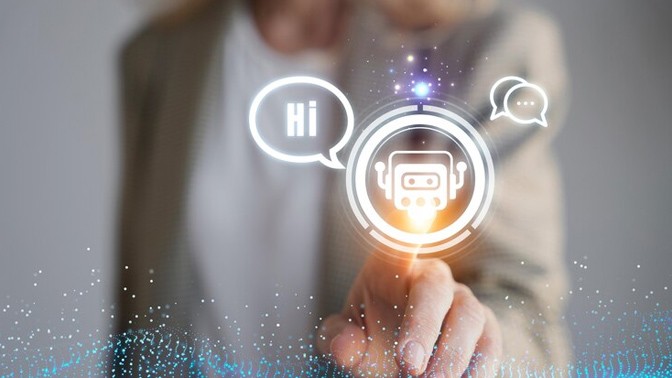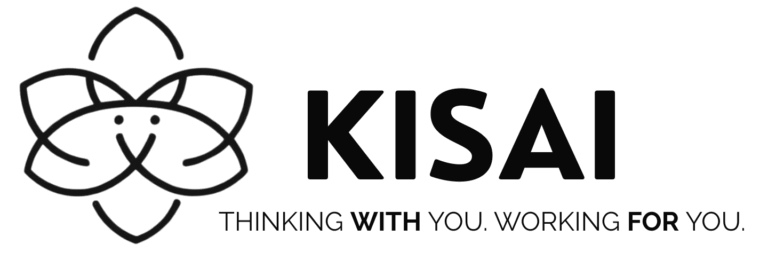What is Gen AI?
Gen AI is a type of artificial intelligence designed to create new and original content. Unlike traditional systems that only analyze data and provide responses based on predefined patterns, Gen AI generates output by learning from vast amounts of data and identifying patterns.
This technology is powered by deep learning models—such as neural networks—that mimic the way the human brain processes information. This enables it not only to answer questions but also to perform creative tasks like writing articles, generating visual designs, or developing innovative solutions for various industries.
Benefits

Increased employee productivity
Gen AI automates code and report generation, reducing manual workload and freeing up time for employees to focus on higher-value tasks.
GenAI integrates across multiple channels (voice, chat, video), delivering a consistent experience and reducing employees’ cognitive load, thereby lowering the risk of burnout.

Improving the customer experience
GenAI improves assistance for employees and agents by providing automatic call transcriptions, recommended responses, and support for performance evaluation. This reduces resolution times and boosts agent productivity.
Gen AI-powered chatbots and interactive voice response systems represent the future of customer interaction, enabling self-service and reducing query times and operational costs.

Boosted creativity and content creation
Enables teams to quickly and efficiently create text, image, report, and collaborative content, improving overall quality.
By assisting with idea generation and initial drafts, Gen AI enhances customer engagement and supports revenue growth.

Accelerated process optimization
Automates data extraction and analysis, increasing accuracy and business efficiency, while allowing employees to focus on high-value tasks.
Improves supply chain efficiency by processing large volumes of data and extracting key insights quickly and accurately. With data augmentation, synthetic data can be created to enhance training datasets with greater diversity.

